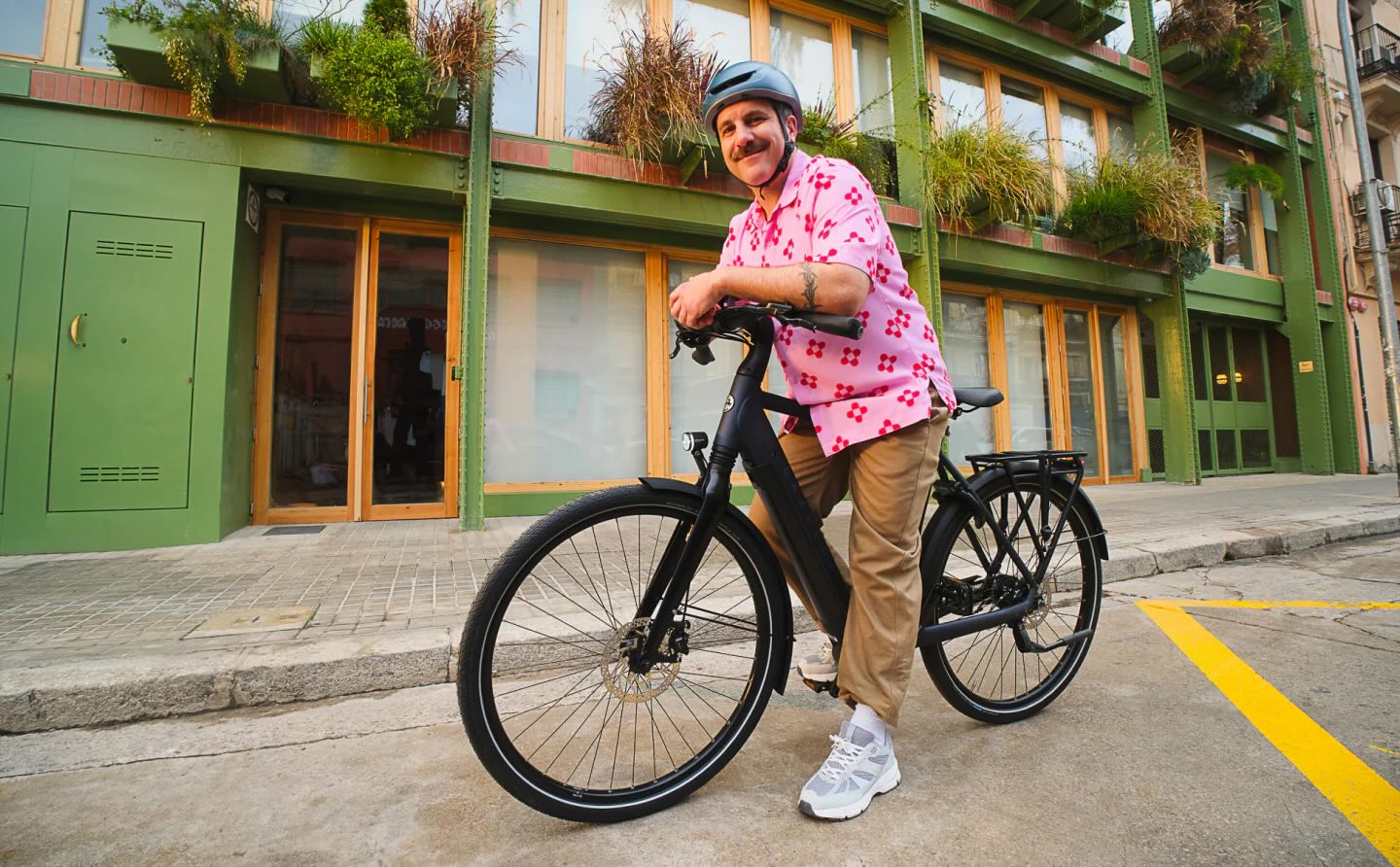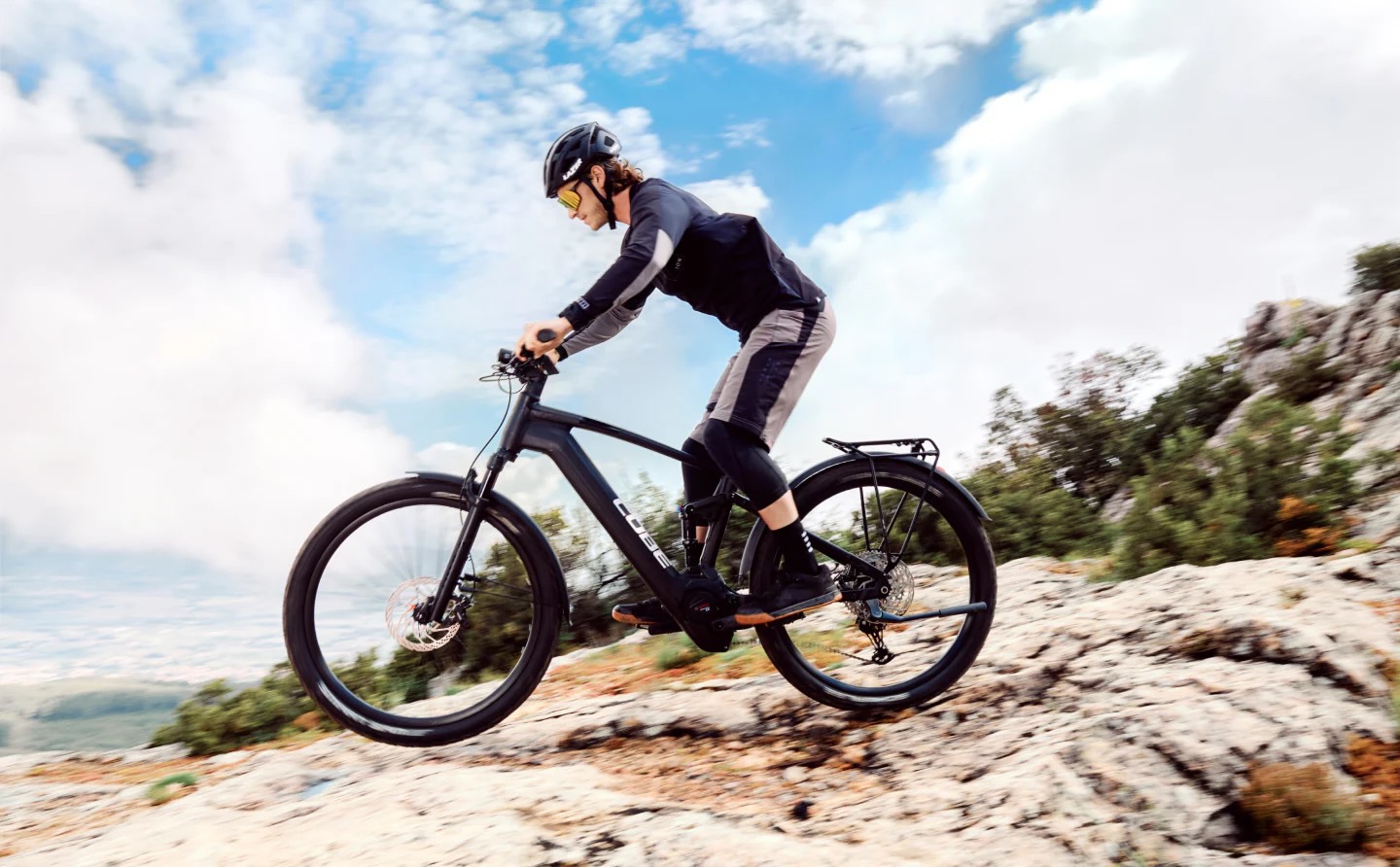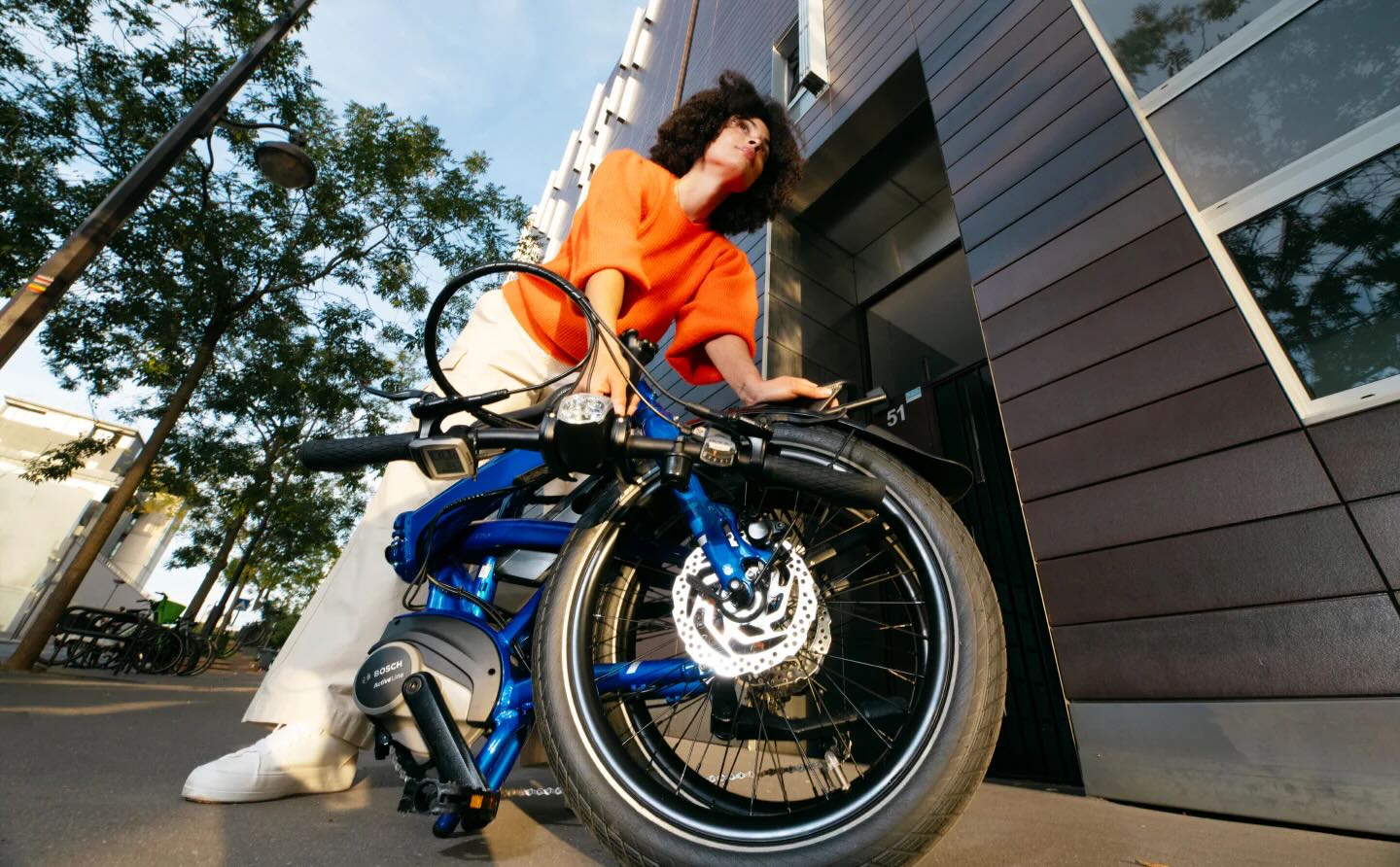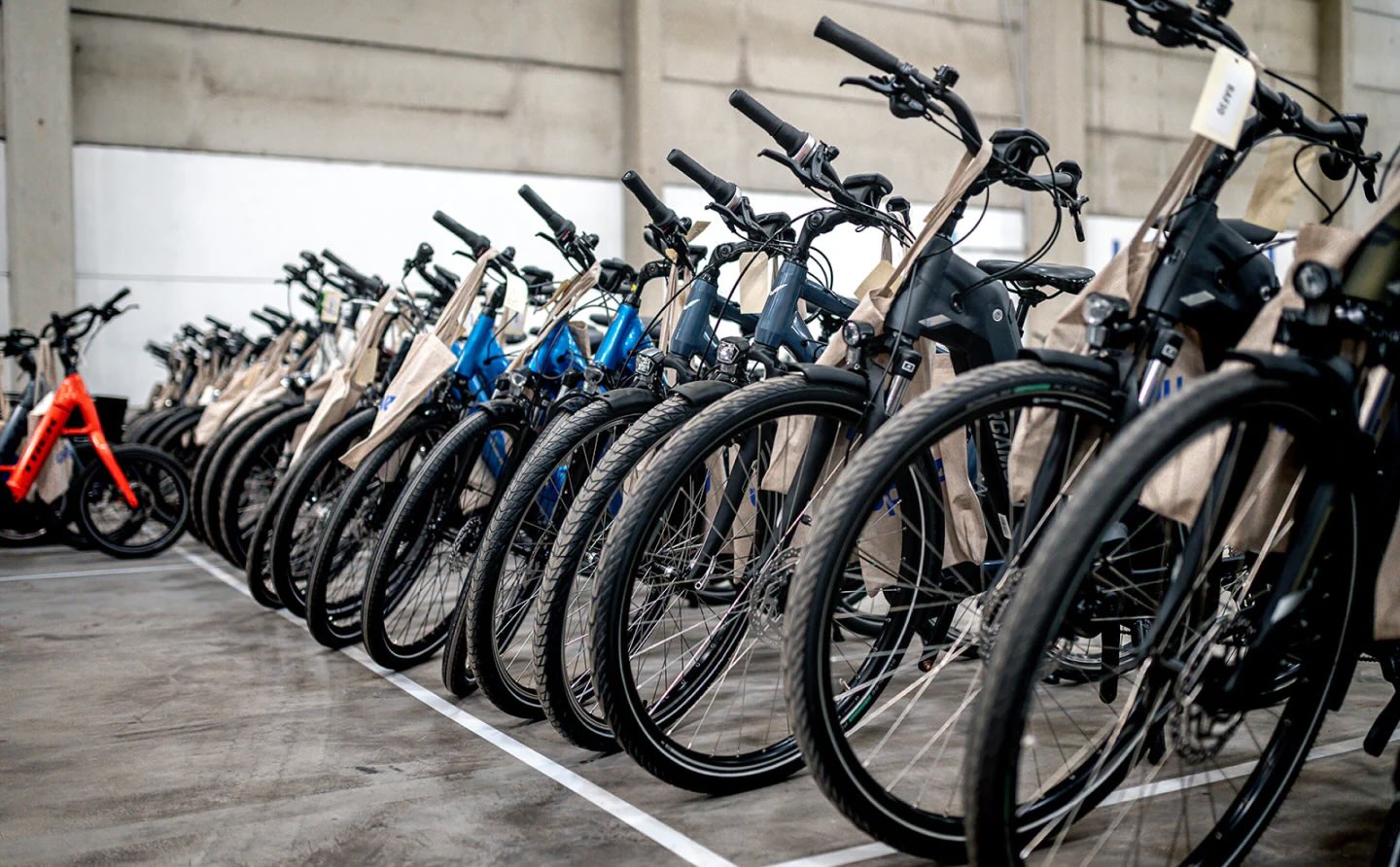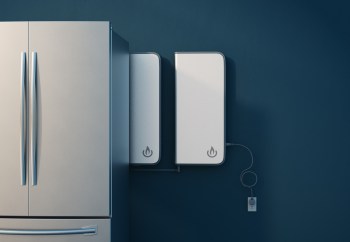The world is turning to new forms of electricity to try to slow the overheating of the planet, and one U.S. company is marking another first in the nuclear power industry.
Westinghouse, the behemoth that helped industrialize America, has cleared a preliminary hurdle to have a 5-megawatt microreactor tested in two years, as Interesting Engineering reported.
The front-end engineering and experiment design phase has been completed, and the machine is one of three that could be evaluated at the world's first microreactor test bed, per a Department of Energy news release.
The eVinci nuclear microreactor needs only 2 acres to produce a wide range of power, from several kilowatts to 5 megawatts, and can operate for over eight years without refueling, according to the DOE and a company news release.
"Westinghouse is the first reactor developer to reach this milestone in support of siting its test reactor at NRIC's Demonstration of Microreactor Experiments (DOME) test bed at Idaho National Laboratory (INL)," the company stated.
Radiant and Ultra Safe Nuclear are also working toward putting their reactors on trial at the National Reactor Innovation Center. It's another step to the deployment and commercialization of the technology, which promises carbon-free energy.
Watch now: Would you try butter made from air?
The first phase was to gain approval with a microreactor preliminary safety design report; the third stage is to create a timeline for an end-to-end reactor test program at INL and to submit preliminary documented safety analyses, per Westinghouse.
"NRIC is a DOE national program to accelerate the development and deployment of advanced nuclear technologies like the eVinci microreactor," the company stated. "Its objective is to create four new experimental facilities and two large reactor test beds by 2028 for comprehensive technology demonstrations and experiments — and to finalize two advanced nuclear technology experiments by 2030."
While nuclear power offers cleaner energy when it comes to atmospheric pollution, the tech does still produce nuclear waste, and some scientists caution against investing in more nuclear instead of renewable energy, which is cheaper and even safer. Edwin Lyman, the director of nuclear power safety at the Union of Concerned Scientists, has said that "certain alternative reactor designs pose even more safety, proliferation, and environmental risks than the current fleet."
 Which of these environmental causes would you be most interested in supporting with a financial donation?
Which of these environmental causes would you be most interested in supporting with a financial donation?
 Promoting clean energy
Promoting clean energy 
 Protecting clean air
Protecting clean air

 Advancing forest conservation
Advancing forest conservation 
 Fighting climate change
Fighting climate change 
 Click your choice to see results and speak your mind
Click your choice to see results and speak your mind
The industry is awash with similar firsts. Tokyo-based Helical Fusion is developing a steady-state nuclear fusion reactor, and Danish shipping giant Mærsk is taking part in a study to evaluate the feasibility of nuclear-powered cargo vessels. Other companies are racing to patent nuclear batteries.
TCD Picks » Upway Spotlight

All these changes would help us move away from the dirty energy sources polluting Earth and changing life as we know it — causing record temperatures and intensifying hurricanes and floods, for example.
As battery backup infrastructure is still in its early stages of assisting the grid in storing surplus renewable energy so that the power is available consistently regardless of weather, proponents of nuclear power consider it a more consistent source of non-carbon-polluting energy in the meantime. While all forms of power have interruptions, nuclear power is generally unaffected by weather conditions, outside of weather disasters, and is thus more reliable on an hour-to-hour basis until more battery storage capacity reaches the grid in more areas.
The first eVinci microreactor could be in use by 2029, cutting 55,000 tons of air pollution annually. It is set to be located in Saskatchewan, Canada.
Join our free newsletter for weekly updates on the latest innovations improving our lives and shaping our future, and don't miss this cool list of easy ways to help yourself while helping the planet.

